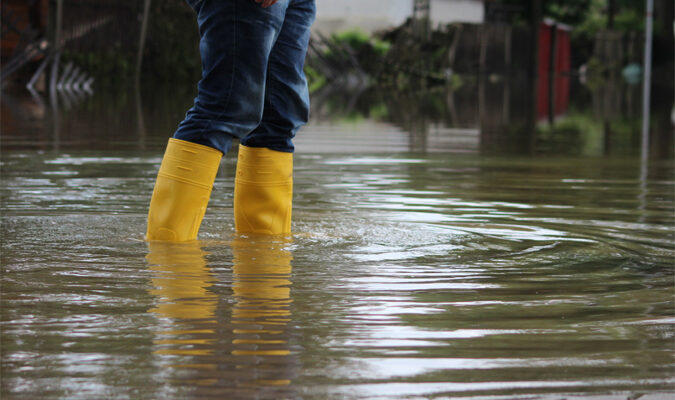
An inch of water can cause $25,000 worth of damage to your home. During a flood, the damage to your home and wallet steadily increases.
Understanding insurance for flooding is essential. Many people choose not to have it. But even if your home is in a low-risk area and your home insurance does not require flood cover, there is still a risk.
It only takes one unexpected disaster or extreme weather to cause irreversible damage. When two Michigan dams collapsed, the damage was significant. But less than ten percent of homes had flood insurance as it was not in a high-risk area for flooding.
It is worth considering flood insurance wherever you live for this reason. This guide has all you need for understanding flood insurance and what it covers.
What Is Flood Insurance?
Flood insurance is usually purchased separately from your home insurance plan. It is only essential if you live in a high-risk area.
The insurance covers you if there is damage to your home caused by flooding or inundation. This could be due to a river overflow, dam burst, heavy rains, or a storm.
Types of Insurance
There are two types of insurance for flooding. There is the National Flood Insurance Program (FEMA or FPIP). Often companies will resell this policy.
And then there is private flood insurance. This is becoming increasingly common.
Private insurance can supplement a primary policy to increase insufficient coverage. Or private insurance can be the primary policy.
There is more information on the different types of flood policies on this site.
What Flood Insurance Covers
Standard flood policies have two types of coverage. One covers the building, and the other covers the contents.
Building coverage typically includes built-in appliances, such as refrigerators and cooking stoves. Water heaters, plumbing, carpets, staircases, cabinets, electrical systems, and foundations are also included.
Content coverage includes personal property. This includes electronics, certain valuables like artwork, clothing, and furniture.
If you have FEMA coverage, it covers up to $250,000 in-building coverage and $100,000 in contents coverage. Payments are based on the estimated worth of belongings. This is why some people prefer private insurance for higher limits and more coverage.
What Flood Insurance Doesn’t Cover
FEMA insurance also does not cover everything. Here are some examples of what it does not cover:
- Personal belongings in the basement
- Swimming pools
- Belongings and landscaping outside of the home
- Currency
- Valuable papers
You will also have to pay for any temporary housing costs or damage to vehicles. But car insurance typically covers car damage. Private insurance covers more.
Some flooding might be covered by your home insurance, such as sinks overflowing.
Understanding Insurance
Weigh up the costs of coverage against claims costs. Also, consider whether it is possible to set aside emergency money if you do not take out flood insurance. You can also look at the pros and cons of private or public insurance.
You are not obliged to purchase flood insurance if you are not in a high-risk area. But understanding insurance options for flooding is important regardless of where you live. Often it is better to be safe than sorry when deciding whether to take out insurance!
Check out the home section of our blog for more helpful articles.
Leave a Reply